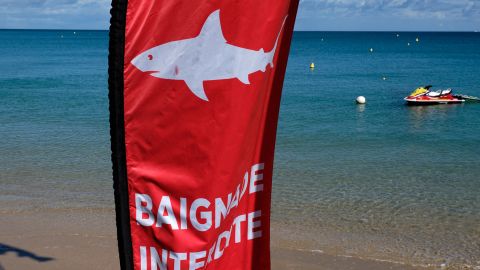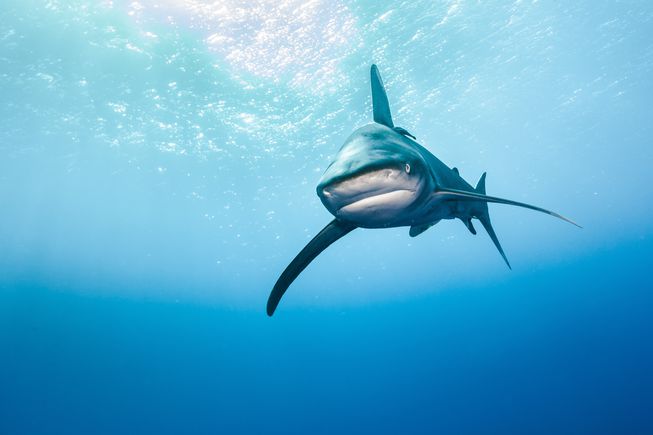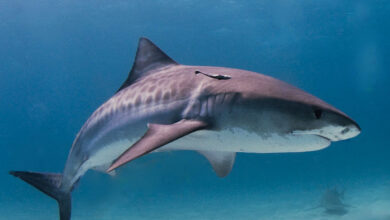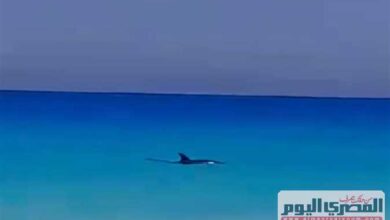
An Australian tourist has died after being attacked by a shark in waters off New Caledonia in the South Pacific, according to public broadcaster New Caledonia 1 TV.
The 59-year-old man was swimming near a pontoon at Château-Royal beach in the capital Nouméa when a shark attacked him around 4 p.m. local time on Sunday, New Caledonia 1 reported.
Two people rescued the man on a jet-ski and CPR was performed, but he didn’t survive his injuries, according to the broadcaster.
In response, authorities closed beaches in Nouméa, a popular destination for international tourists in the French overseas territory.
“Swimming and nautical activities are closed in a 300-meter coastal band until further notice,” Nouméa City Council said in a statement. A shark culling was also activated following the attack, New Caledonia 1 added.
This was the second attack in less than a month in the same location. In late January, a 49-year-old woman suffered multiple injuries after being attacked by a bull shark while swimming at Château-Royal beach, according to the Global Shark Attack File.
Nearby beaches were closed after that attack and only reopened last Thursday, according to local media reports.
The number of international visitors to Nouméa, known for its clear blue water and idyllic beaches, dropped sharply during the pandemic, according to World Bank data, but the industry is slowly recovering.
New Caledonia’s tourism website warns visitors to be wary of sharks and to only swim in monitored areas, where authorities carry out patrols and monitor shark alerts.
The archipelago is ranked 13th on Florida Museum’s list of unprovoked shark attacks, with 19 attacks since 1580, but it trails well behind the US, with more than 1,600 during the same period. The US is followed by Australia, South Africa and Brazil.
The most recent fatal attack in New Caledonia was in February 2021, when a tiger shark is believed to have attacked a yachtsman in Maître islet, according to local news reports.
The French territory sits to the east of Australia’s coast, north of New Zealand, and most tourists visit from September to November.




